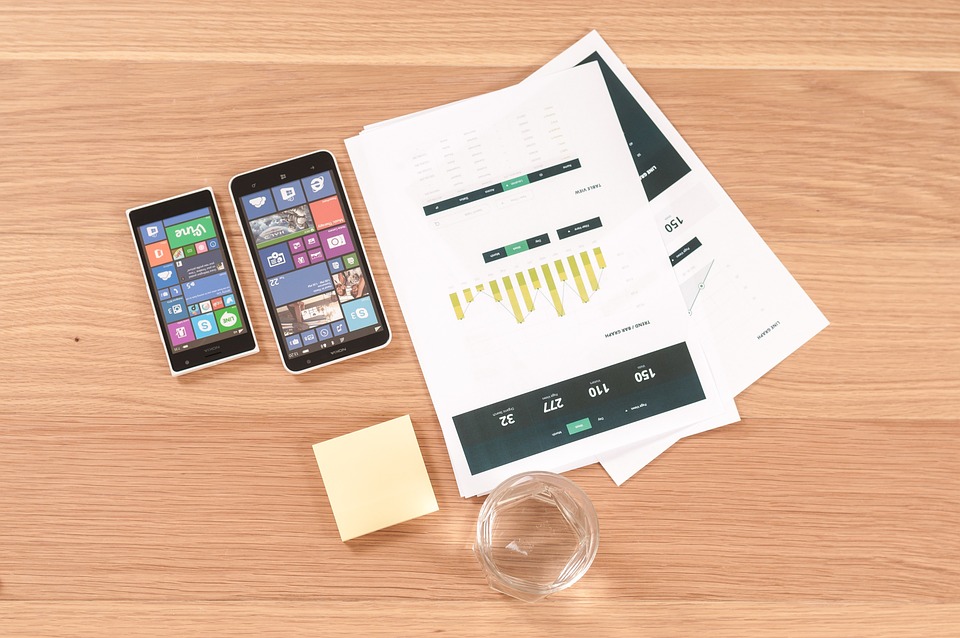Essential Skills and Responsibilities for UX Designer Roles: A Shortage Occupation with Promising Career Prospects
In the ever-evolving landscape of technology and design, the role of a User Experience (UX) Designer has emerged as a critical component in crafting digital products that resonate with users. As businesses increasingly recognise the importance of user-centric design, the demand for skilled UX Designers continues to soar. This article delves into the essential skills and responsibilities that define this role, exploring why it stands out as a shortage occupation with promising career prospects.
The Core Skills of a UX Designer
-
User Research Proficiency
Understanding users is at the heart of UX design. Proficient UX Designers excel in conducting user research through methods such as interviews, surveys, and usability testing. This skill allows them to gather invaluable insights into user behaviours, needs, and pain points. As Nielsen Norman Group states, "Designing without research is like shooting in the dark." This quote underscores the necessity of grounding design decisions in empirical data. -
Information Architecture
Structuring content in a way that makes sense to users is another pivotal skill. Effective information architecture helps users navigate complex systems intuitively. A UX Designer must be able to create sitemaps and wireframes that not only display information hierarchically but also enhance usability. The ability to visualise how users interact with content can significantly affect user satisfaction and engagement. -
Prototyping and Wireframing
Translating ideas into tangible designs is where creativity meets technical skill. Prototyping tools like Sketch, Figma, and Adobe XD allow designers to create interactive mockups, offering a glimpse into the final product. Wireframes serve as the blueprint, illustrating layout, functionality, and flow. An effective UX Designer knows how to balance aesthetic appeal with usability, ensuring that the design is both attractive and functional. -
Collaboration and Communication
UX Designers often work within multidisciplinary teams, liaising with developers, product managers, and other stakeholders. Strong communication skills are essential for articulating design concepts and advocating for user needs. The ability to present ideas clearly and persuasively can greatly influence project outcomes. As Steve Jobs once remarked, "Design is not just what it looks like and feels like. Design is how it works." This encapsulates the collaborative spirit necessary in UX design.
Responsibilities That Define the Role
-
Creating User-Centric Designs
A UX Designer’s primary responsibility is to create designs that enhance user satisfaction. This involves iterating on feedback from user testing, ensuring that the final product not only meets business goals but also delights users. -
Conducting Usability Testing
Regular usability testing is integral to the design process. By observing real users interacting with prototypes, UX Designers can identify areas for improvement. This iterative process ensures that the final product is refined and user-friendly. -
Staying Abreast of Industry Trends
The digital landscape is perpetually shifting, making it crucial for UX Designers to stay informed about emerging trends, tools, and technologies. Continuous learning and professional development are essential to remain competitive in this dynamic field. -
Advocating for Accessibility
An often-overlooked aspect of UX design is the commitment to accessibility. Designers must ensure that their products are usable by people of all abilities and disabilities. This not only broadens the user base but also adheres to ethical and legal standards.
A Career with Promising Prospects
The shortage of skilled UX Designers in the UK is palpable. With businesses recognising the significant impact user experience has on their bottom lines, the demand for such professionals is expected to grow exponentially. The potential for career advancement is also substantial, as UX Designers can transition into roles such as UX Researcher, Interaction Designer, or even Product Manager with relative ease.
As we navigate this fast-paced digital world, the importance of UX Design cannot be overstated. The intersection of creativity and technology offers a fulfilling career path filled with opportunities for growth and innovation.
Whether you are an aspiring UX Designer or an employer seeking talent, the journey is rife with potential. Visajob.co.uk stands ready to support you in securing opportunities in the UK, particularly in roles that require sponsorship. Your dream job in UX design awaits, and we’re here to help you seize it.




